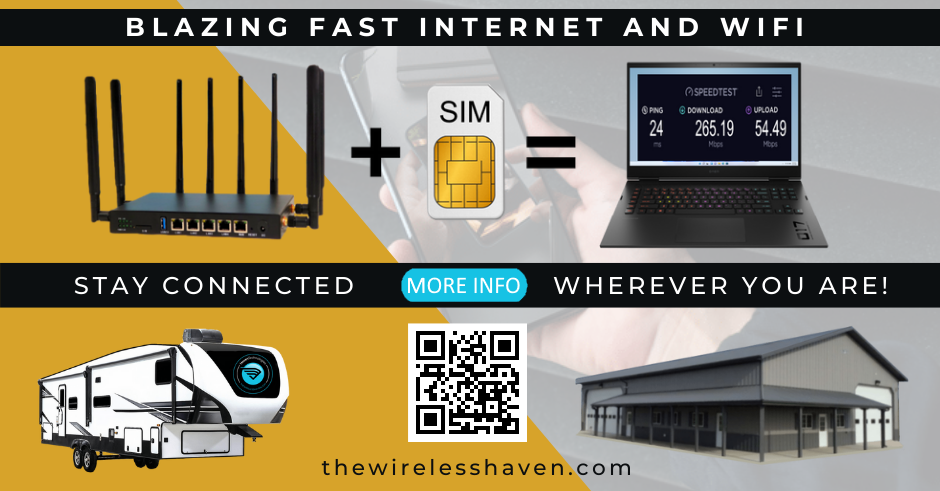Guys… a bit late to the game but the connectors you all kept saying were ipex connectors and mhf-sw23 and u.fl and such… you are all unfortunately wrong.
How do I know? I have dealt with these EXACT same connectors before. They were on the old “signal booster” T-Mobile used to give out. Those “signal boosters” were actually nextivity cel-fi duo+ boosters.
I got one a couple years ago (T-Mobile stopped giving them out like 4-5 years ago but there is a guy on Amazon selling em marketed under the wrong product name (he used the name for T-Mobile old network cell that connected to your internet and turned it into lte while still using all your mobile data And internet data. Horrible deal. Anyways it’s def not the cell. It’s boosting/repeating unit. The cel fi duo+ that’s sold retail for $600 currently. But the guy on Amazon sells ‘em for $25

Anyways I opened one up and found five antenna on both the rx unit and tx units. One single port for each antenna. Three were Wi-Fi (for connecting both units together using a bt standard frequency) and two for the cell antennas (one for bands 2/12 and one for bands 4/66)
The booster works fantastic for boosting lte performance. But it didn’t quite get what I could get outside my window with my phone alone and wanted to try for an external antenna solution. Wasted money on tons of diff ipex and mhf connectors. Never worked. No luck. Never fit.
Finally I found a forum after searching for days that had a picture of the exact same port from a site claiming to make custom pcb connectors based off ipex standards but totally unaffiliated with ipex.
They called themselves murata. It’s 100% a murata pcb connector. Unfortunately, all murata’s are custom made. There are hundreds of diff types. Literally hundreds on their site. Look ‘em up.
Anyways I spoke to a murata rep and nextivity wouldn’t even talk to me about it (they said it’s for testing purposes only and wouldn’t have any affect of rf performance accessing the port as it didn’t access the trace which is 100% bs. If it didn’t access the trace how the heck can it be used to testing?
Anyways the murata rep told me straight up (I sent the rep a photo of the port on the pcb) that it’s def one of their connectors and it is actually used on a lot of pcb for specifically what nextivity said. Testing purposes. In fact I have since seen these exact same ports on several android phone mobo’s (like a lg v40 thinq and the cheap crappy T-Mobile trial hotspot they give out (that cheap hotspot is the definition of cheap. They pcb isn’t even pcb… it’s a plywood/cardboard like material that is fragile and brittle as crap and splinters like a wood at the slightest tension… the internal antenna on it is actually just cheap acrylic gold paint

almost like a racing strip sticker that peels right off

)
Anyways, the rep said chances are zero people out there are making pigtails for this connector since they are all custom made by their company and not really a normal commercial channel. He also said I could possible look into having connectors and pigtail made but it would need to be a large bulk order as they don’t do small/single orders as it wouldn’t make fiscal sense for their business model.
This is why wireless haven hit a dead end on getting the pigtails. They literally cannot unless they order like 5000+.
Alas, yes your only option currently on these connectors is solder. Sorry. Also, yes, you can totally distort the rf spectrum and performance with soldering them on. I have done it thousands of times. Never once have the performance of tracings not been altered at least slightly. Sometimes it works better. Most of the times, it doesn’t.
In fact in messed up my T-Mobile signal booster. I only tried on port. And it was an unused port (the 12 band. It was never used by my booster. Ever. Literally ever) once I gave up I cleaned it all off and inspected. Zero distortion or damage to the trace and port that I could find. The cell performance of the booster seemed to be the same as before. But now my two units constantly dropped coverage with each other. They would try to “find each other” like every five minutes or so… and every time they did that, they dropped the boost totally, rescanning the network for like 5 minutes each times before it started boosting again. This caused havoc on my network connection on my phone. Everything would be great. I’d get like 150 Mbps. Suddenly every fifteen min or so my connection would turn totally unresponsive. My speeds were only like 1-3 Mbps. I’d look up at the booster and what would you know it’s reconnecting yet again. Wonderful.
Turns out somehow messing with the b12 port screwed up
The Wi-Fi antennas that the units used to communicate with each other.
Those traces were on the entirely opposite side of the board. Go figure.
Hope that helps some of you all


